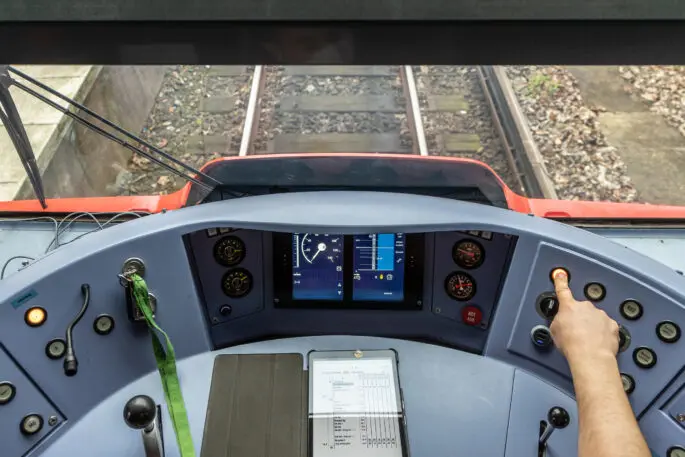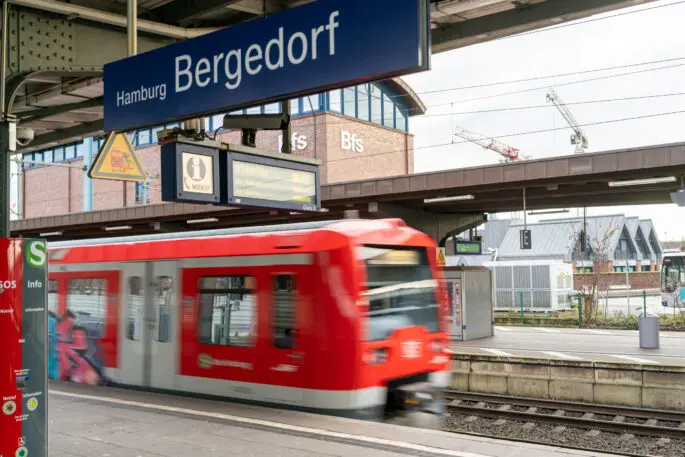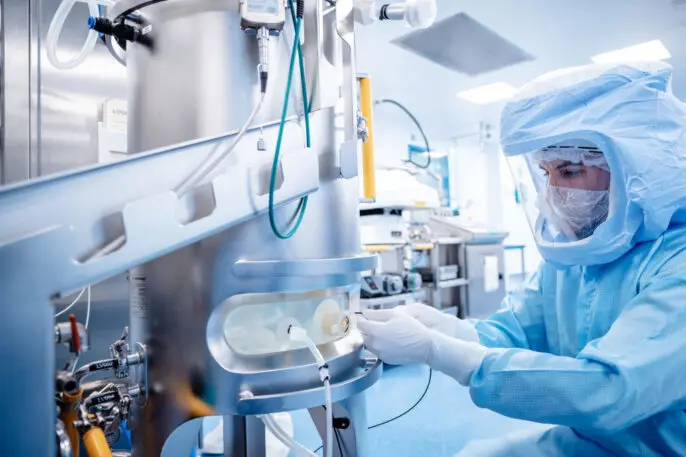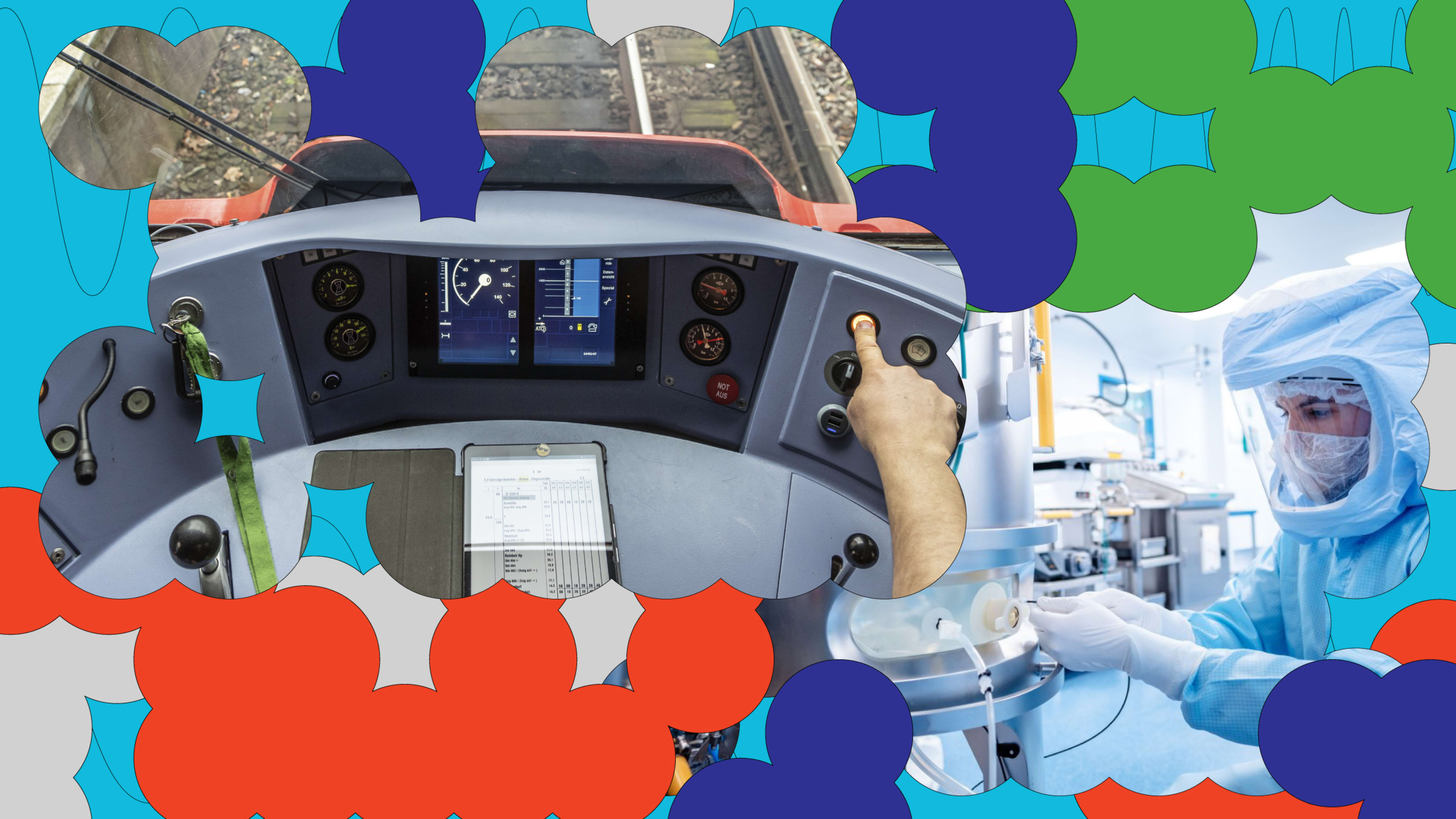In October 2021, a driverless train made its debut in Hamburg, Germany. Unlike automated monorails at airports, or the few driverless subway lines that exist around the world—which run only on their own tracks—the automated train in Hamburg shares its tracks with human-operated trains. It maneuvers through main rail traffic all on its own, matching the train timetable to the second, and operates in a more energy-efficient manner. The digital S-Bahn, a project by Siemens and Deutsche Bahn with the city of Hamburg, can transport up to 30% more passengers than non-automated trains, all while reducing energy consumption by up to 30%.


That work included digitizing records for paperless documentation, so BioNTech could immediately fulfill all documentation requirements, and an automated weighing process that replaced manual work. But that wasn’t all: Separate from that work with the Marburg facility, Siemens also used digital twins to scale up the entire COVID-19 vaccine production process. Digital twins, a virtual model of a real-life object or system that can be updated with real-time data, and which uses simulations to try all sorts of decisions, allow pharmaceutical companies to run thousands of models and calculations at once—to figure out everything from how many machines a vaccine production facility needs to how full the vials should be to deliver an effective dose, without breaking or spilling over, and more—without doing meticulous tests tests one by one in a lab.

And Siemens worked on another project aiming to keep buildings healthier. Called Dynamic VAV Optimization, the software uses machine learning and artificial intelligence to control HVAC systems, configuring them according to buildings’ priorities—whether minimizing virus transmission or reducing energy use. The pandemic showed the importance of our indoor air quality when it comes to virus transmission, and the climate crisis has put a spotlight on the environmental impact of our buildings: Building operations, including electricity and HVAC systems, account for around 28% of global CO2 emissions. With this tech, Siemens says, a building can optimize its ventilation, temperature, and humidity controls, keeping the indoor environments of our schools and offices both safe and sustainable.
Recognize your brand’s excellence by applying to this year’s Brands That Matter Awards before the early-rate deadline, May 3.
